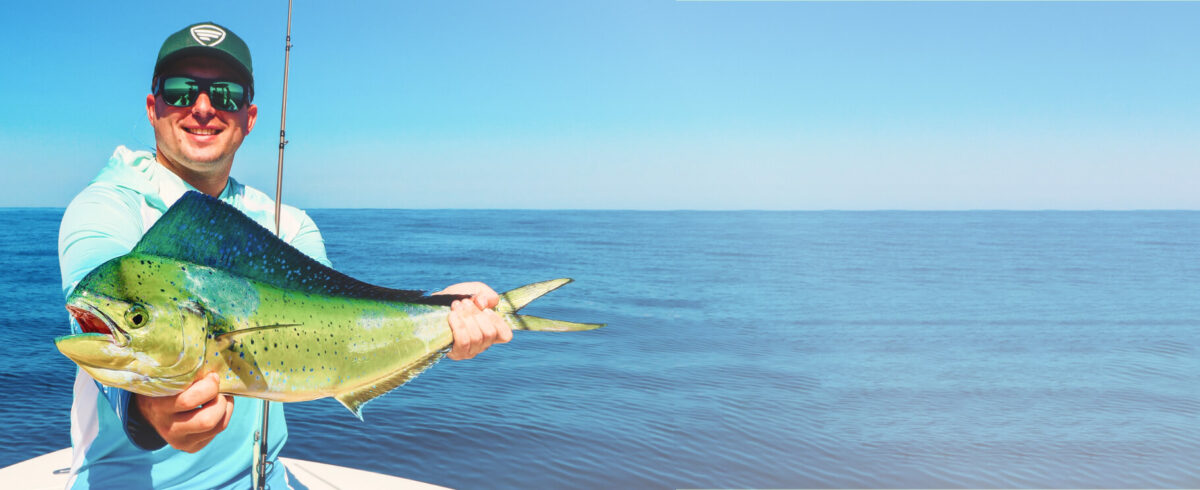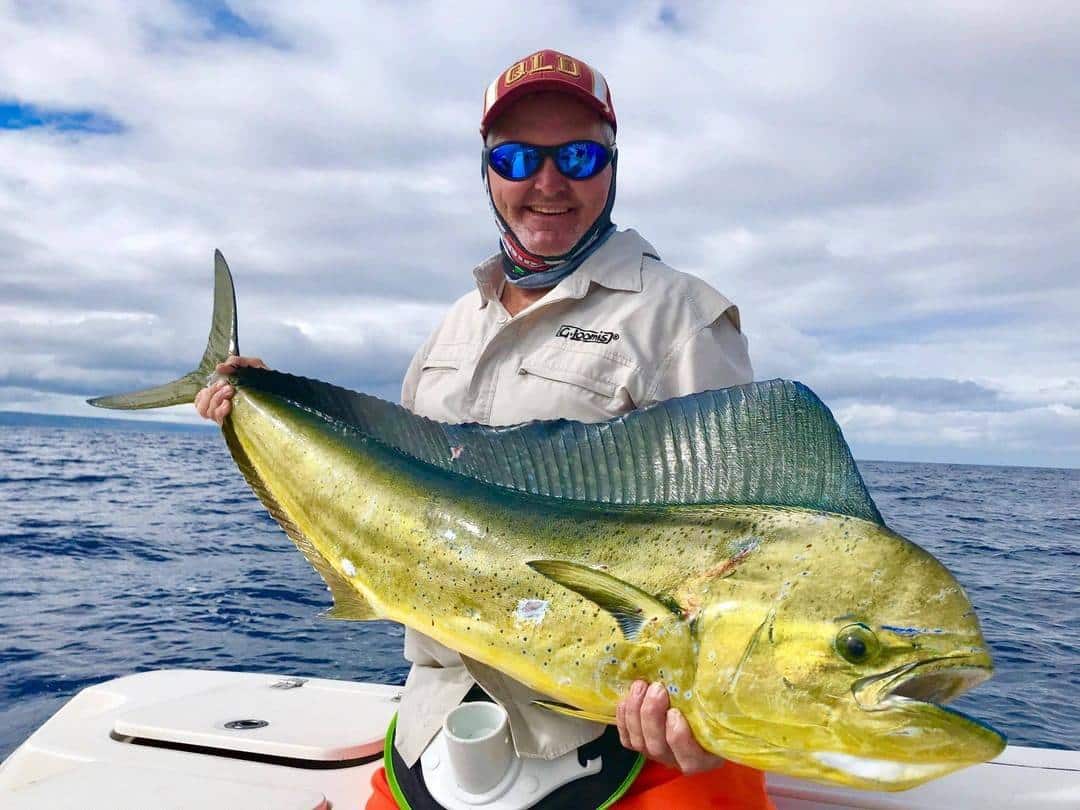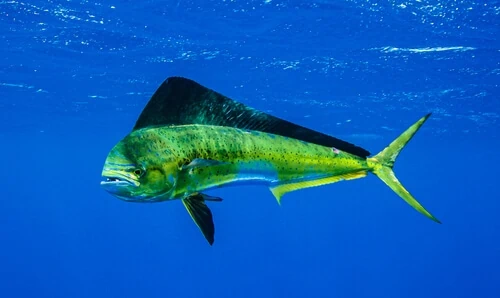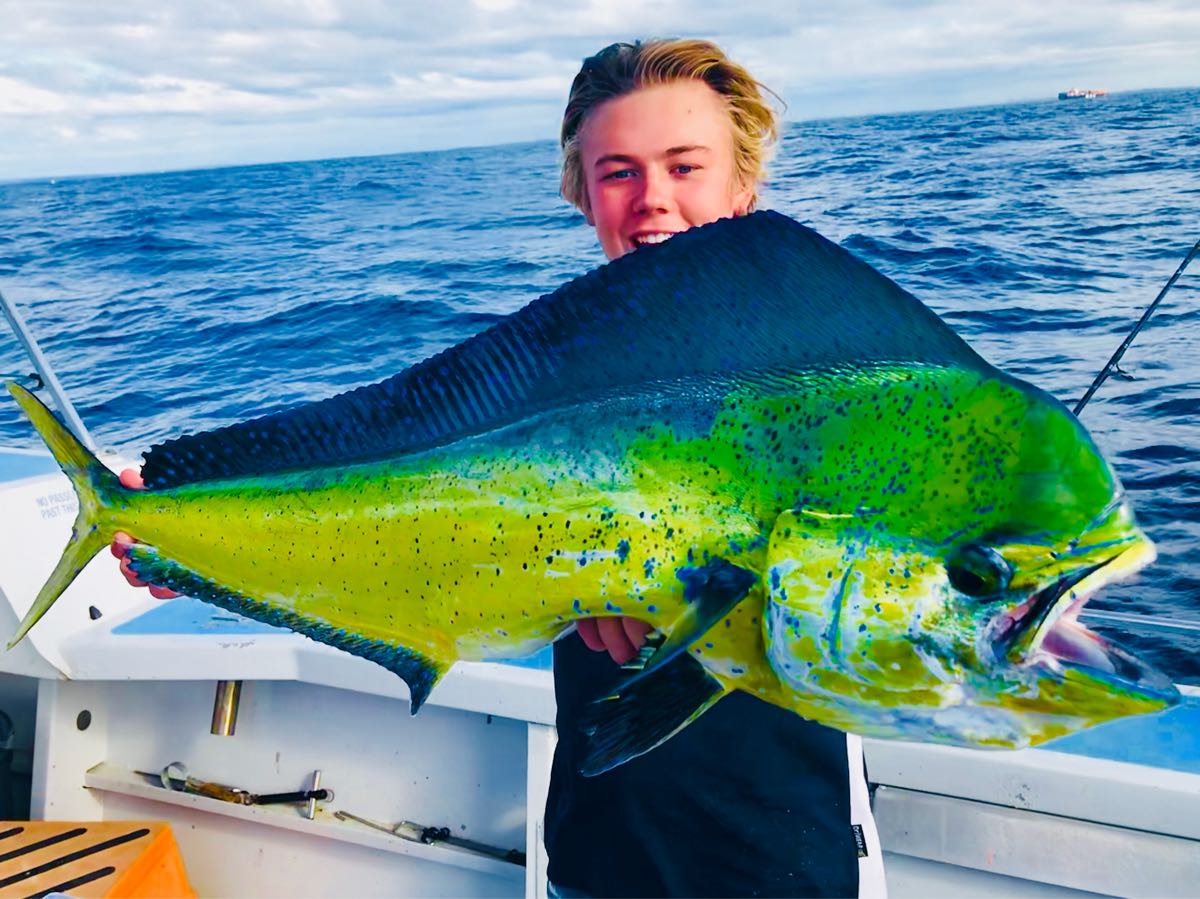Fishing for Mahi-Mahi in Australia
Introduction
Mahi-Mahi, also known as dolphinfish, are among the most vibrant and exciting fish to catch in Australian waters. Their striking colors, acrobatic fights, and delicious taste make them a favorite among anglers. In this article, we will delve into the best practices and tips for fishing Mahi-Mahi in Australia, ensuring a successful and thrilling fishing adventure.
Overview of Mahi-Mahi
Mahi-Mahi (Coryphaena hippurus) are easily recognizable due to their iridescent blue, green, and yellow colors, which shimmer in the sunlight. These fish are known for their speed and agility, making them a thrilling catch for any angler. Mahi-Mahi are typically found in tropical and subtropical waters, thriving in the warm currents off the Australian coast. They are fast-growing fish, capable of reaching weights of up to 40 kilograms, though the average size caught by anglers ranges from 5 to 15 kilograms.

Where to Catch Mahi-Mahi in Australia
Australia offers some of the best spots for Mahi-Mahi fishing, particularly along the eastern coast. Here are some key locations to consider:
- Queensland: The waters off Cairns and the Great Barrier Reef are prime locations for Mahi-Mahi. The nutrient-rich waters and abundant marine life create ideal conditions for these fish. The outer reef areas, with their floating debris and weed lines, are hotspots where Mahi-Mahi are often found.
- New South Wales: Areas around Sydney, Port Stephens, and Byron Bay are popular fishing spots. The warm East Australian Current brings Mahi-Mahi closer to the coast, providing excellent opportunities for anglers. Look for fish aggregating devices (FADs) deployed by the government, which attract Mahi-Mahi and other pelagic species.
- Western Australia: The Ningaloo Reef and Exmouth Gulf are known for their rich marine life, including Mahi-Mahi. The offshore islands and coral reefs create perfect environments for these vibrant fish, especially during the warmer months.

Equipment and Gear
To successfully catch Mahi-Mahi, you’ll need the right equipment and gear. Here’s what you should have:
- Rod and Reel: A medium to heavy spinning or baitcasting rod with a fast action tip is ideal. Pair it with a reel that has a high line capacity and a smooth drag system, capable of handling the powerful runs of Mahi-Mahi.
- Line: Use a braided line with a high tensile strength, typically around 30-50 lb test. The thin diameter of braided line allows for longer casts and better control over the fish.
- Lures: Mahi-Mahi are attracted to brightly colored lures. Use trolling lures, soft plastics, and jigs in shades of pink, green, and yellow. Consider using skirted lures and poppers to mimic the movement of their prey.
- Bait: Live bait such as pilchards, squid, and small mackerel can be highly effective. Mahi-Mahi have a keen sense of smell and are drawn to the scent of live bait in the water.
Techniques for Catching Mahi-Mahi
Mahi-Mahi are aggressive feeders, and using the right techniques can significantly increase your chances of a successful catch:
- Trolling: This is one of the most effective methods for catching Mahi-Mahi. Troll your lures or bait at a steady speed behind the boat, targeting areas with floating debris or weed lines where Mahi-Mahi tend to congregate. Vary the trolling speed and depth to find the most productive zone.
- Casting: When you spot a school of Mahi-Mahi, cast your lures or bait towards them and retrieve quickly to provoke a strike. Use erratic retrieves to imitate the movement of injured prey, which can trigger a feeding response.
- Chumming: Throwing small pieces of bait into the water can attract Mahi-Mahi to your location, making them easier to target. Chumming creates a feeding frenzy, increasing the chances of multiple hookups. Be sure to have extra bait ready to keep the fish interested.

Best Time for Mahi-Mahi Fishing
The best time to fish for Mahi-Mahi in Australia is during the warmer months, from October to April. During this period, the water temperatures are higher, and the fish are more active and abundant. Early mornings and late afternoons are particularly productive times to fish, as Mahi-Mahi are more likely to be feeding near the surface.
Tips and Recommendations
- Stay Alert: Mahi-Mahi are fast and unpredictable. Be prepared for sudden strikes and acrobatic jumps. Keep a firm grip on your rod and be ready to adjust the drag quickly.
- Use a Gaff: Once you’ve hooked a Mahi-Mahi, use a gaff to bring the fish aboard quickly and safely. Mahi-Mahi are known for their vigorous thrashing, so a gaff helps secure them more efficiently.
- Practice Catch and Release: If you’re not planning to keep the fish, handle it carefully and release it back into the water to ensure its survival. Use barbless hooks to minimize injury and reduce handling time.
Conclusion
Fishing for Mahi-Mahi in Australia is an exhilarating experience that offers both challenge and reward. With the right equipment, techniques, and a bit of patience, you can enjoy a successful and memorable fishing trip. Whether you’re a seasoned angler or a beginner, the vibrant Mahi-Mahi is sure to provide an exciting adventure on the water. Remember to follow local regulations and practice sustainable fishing to help preserve this incredible species for future generations.
